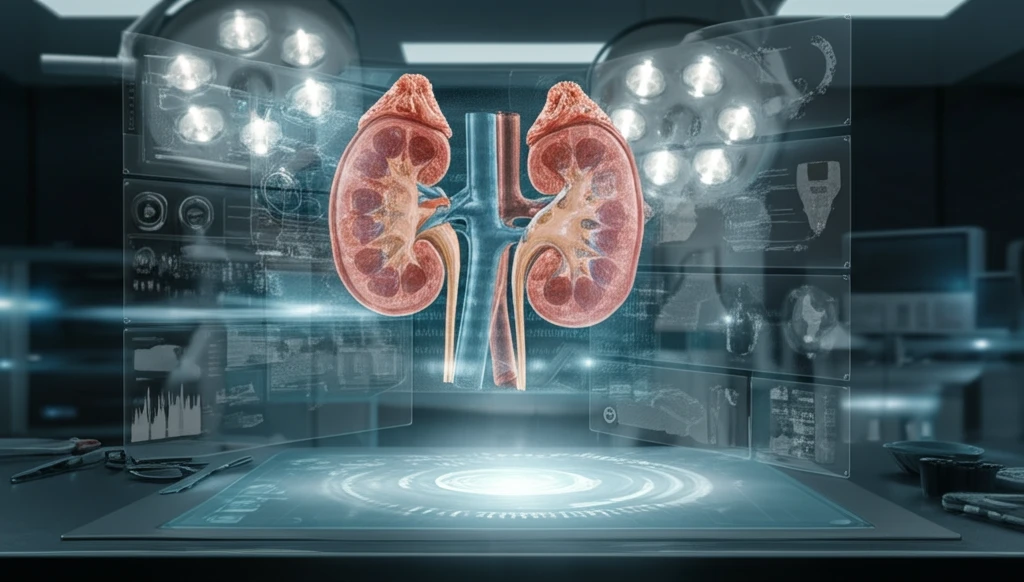
Printing Hope: How 3D Kidney Models Are Changing Healthcare
"From diagnosis to surgical planning, discover how 3D printed kidney models are revolutionizing medical treatment and improving patient outcomes."
Imagine holding a perfect replica of your kidney in your hands – a tangible model that doctors can use to plan your surgery with unprecedented precision. This isn't science fiction; it's the reality being shaped by 3D printing technology in healthcare. For patients facing kidney-related issues, this innovation offers a beacon of hope, providing clearer insights and potentially improving surgical outcomes.
Traditionally, doctors have relied on CT scans and other imaging techniques to visualize the kidney. However, these methods offer only a two-dimensional view, making it challenging to fully grasp the organ's complex structure, especially when tumors or other abnormalities are present. This is where 3D kidney models come in, bridging the gap between flat images and the three-dimensional reality of the human body.
This article delves into the fascinating world of 3D-printed kidney models, exploring their creation, benefits, and potential to transform healthcare. We'll examine how these models are constructed from CT images, the challenges involved in ensuring accuracy, and the ways in which they are enhancing medical treatment and patient understanding.
Unlocking Precision: How 3D Models of Kidneys Are Made

The journey from a CT scan to a 3D-printed kidney model is a complex yet fascinating process, involving several key steps to ensure accuracy and clinical utility. Here’s how it works:
- Segmentation: The initial step involves segmenting the kidney region from each CT image. Deep learning methods and contour tracking algorithms are employed to precisely define the kidney's boundaries, distinguishing it from surrounding tissues and organs.
- 3D Reconstruction: Once the kidney is segmented, the cross-sectional images are stacked to create a preliminary 3D structure. Sophisticated software algorithms then interpolate between the images, compensating for any resolution limitations and generating a smooth, continuous model.
- Enhancement and Alignment: To further refine the model, interpolation techniques are applied, enhancing details from both cross-sectional and longitudinal views. An alignment scheme registers these views, ensuring accurate representation of the kidney's structure.
- Vascular Modeling: Beyond the outer structure, 3D kidney models can also incorporate the intricate network of blood vessels within the organ. Vessel tracking and merging schemes reconstruct these inner structures, providing a comprehensive view of the kidney's anatomy.
- 3D Printing: The final step involves translating the digital model into a physical object using 3D printing technology. Materials such as polymers are carefully selected to mimic the texture and feel of real kidney tissue, allowing surgeons to practice procedures with realistic fidelity.
The Future of Kidney Care: 3D Printing's Promise
As 3D printing technology continues to advance, its role in kidney care is poised to expand even further. Imagine personalized kidney models tailored to each patient's unique anatomy, enabling surgeons to rehearse complex procedures with unparalleled precision. Picture interactive models that allow patients to visualize their condition and treatment options, empowering them to make informed decisions about their health. These are just a few glimpses of the exciting possibilities that lie ahead. By offering a tangible and detailed representation of the kidney, 3D models are not just improving surgical outcomes; they're also fostering better communication and understanding between doctors and patients, paving the way for a more collaborative and patient-centered approach to healthcare.
